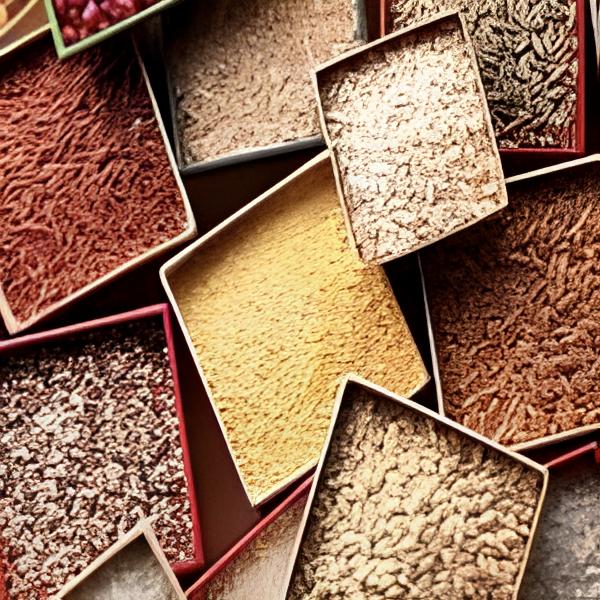Millets are a versatile and nutritious grain that can be consumed throughout the year, including the winter season. Millets are rich in nutrients such as fiber, vitamins, and minerals, making them a healthy choice for your diet.
Here are some types of millets that you can consider incorporating into your winter meals:
Pearl Millet (Bajra)
Bajra is a popular millet in many regions and is often consumed in the winter months. It is a good source of energy and contains essential nutrients like iron and magnesium.
Finger Millet (Ragi)
Ragi is known for its high calcium content, making it beneficial for bone health. It is also rich in fiber and can be a good addition to your winter diet.
Foxtail Millet (Kangni)
Foxtail millet is rich in protein, dietary fiber, and minerals. It can be used in various dishes such as porridge, upma, or even in place of rice.
Little Millet (Kutki)
Little millet is a nutritious, small-grain millet that is easy to digest. Rich in B vitamins, it supports energy production and overall health. It also contains essential minerals like iron, which aids in oxygen transport, and phosphorus, crucial for bone health. This millet is a great addition to a balanced diet, offering both nourishment and easy digestibility. Its versatility makes it suitable for various dishes, from porridge to upma. Being naturally gluten-free, it is an excellent choice for those with dietary restrictions. Including little millet in meals can enhance nutrition while promoting better digestion and overall well-being.
Proso Millet (Barri)
Proso millet is gluten-free and high in antioxidants. It can be used in soups, stews, or as a substitute for rice.
Kodo Millet (Kodra)
Kodo millet is rich in fiber and has a low glycemic index, making it suitable for those looking to manage blood sugar levels. It can be included in various recipes.
When incorporating millets into your winter diet, you can prepare them in various ways, such as porridge, upma, khichdi, or as a side dish. These millets provide a good mix of carbohydrates, proteins, and essential nutrients, contributing to overall health and well-being during the winter season.
Why are millets a good choice for the winter season?
Millets are rich in fiber, vitamins, and minerals, providing energy and essential nutrients to support overall health during winter.
Which millet is best for bone health and why?
Finger Millet (Ragi) is best for bone health because it has a high calcium content.
What makes Kodo millet a good option for people managing blood sugar levels?
Kodo millet has a low glycemic index and is rich in fiber, making it suitable for blood sugar management.

